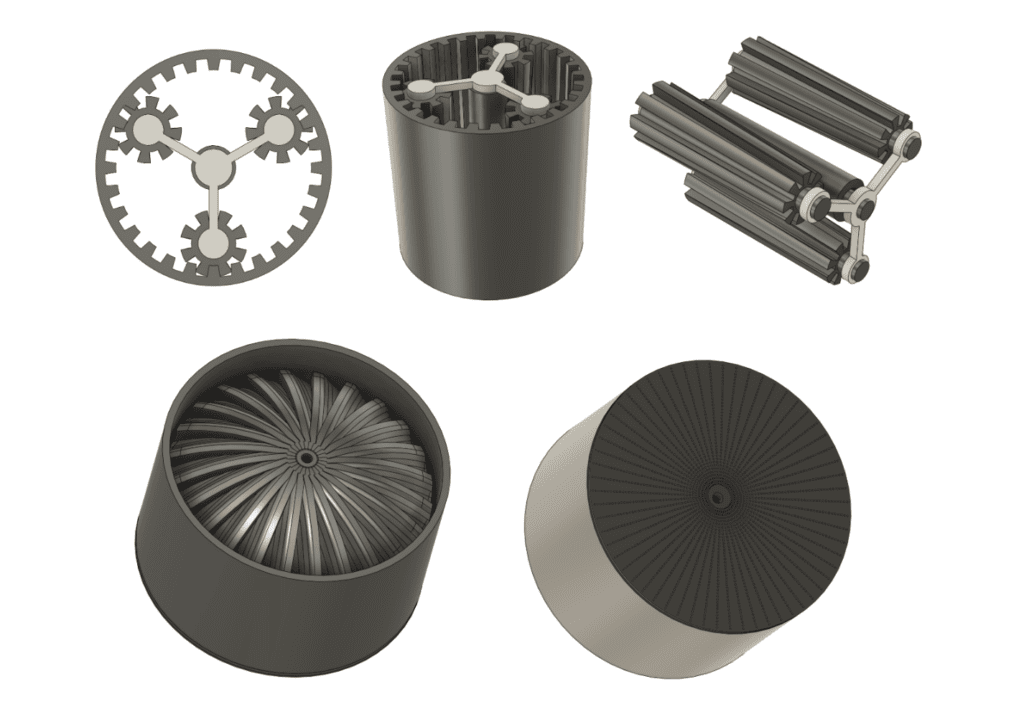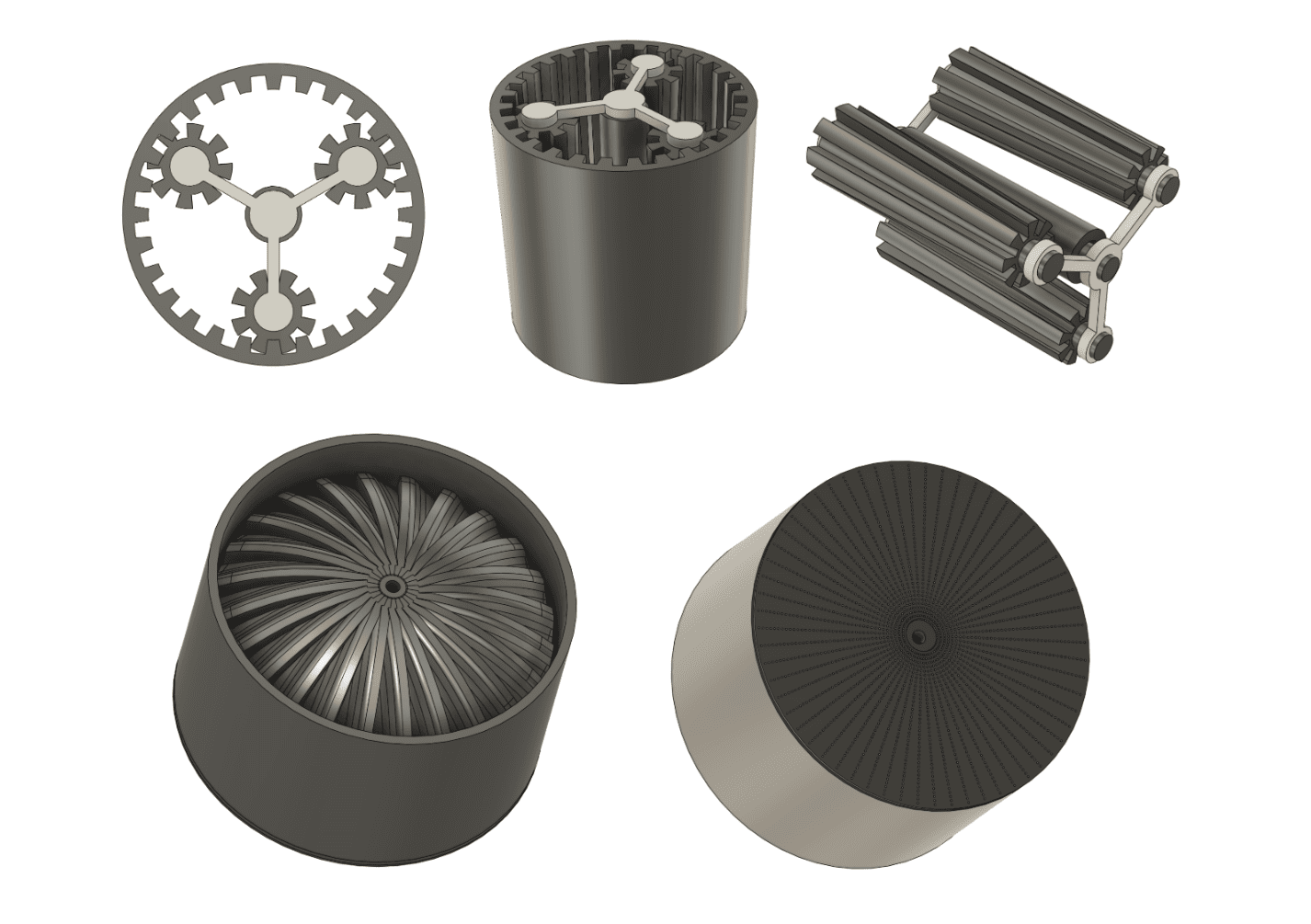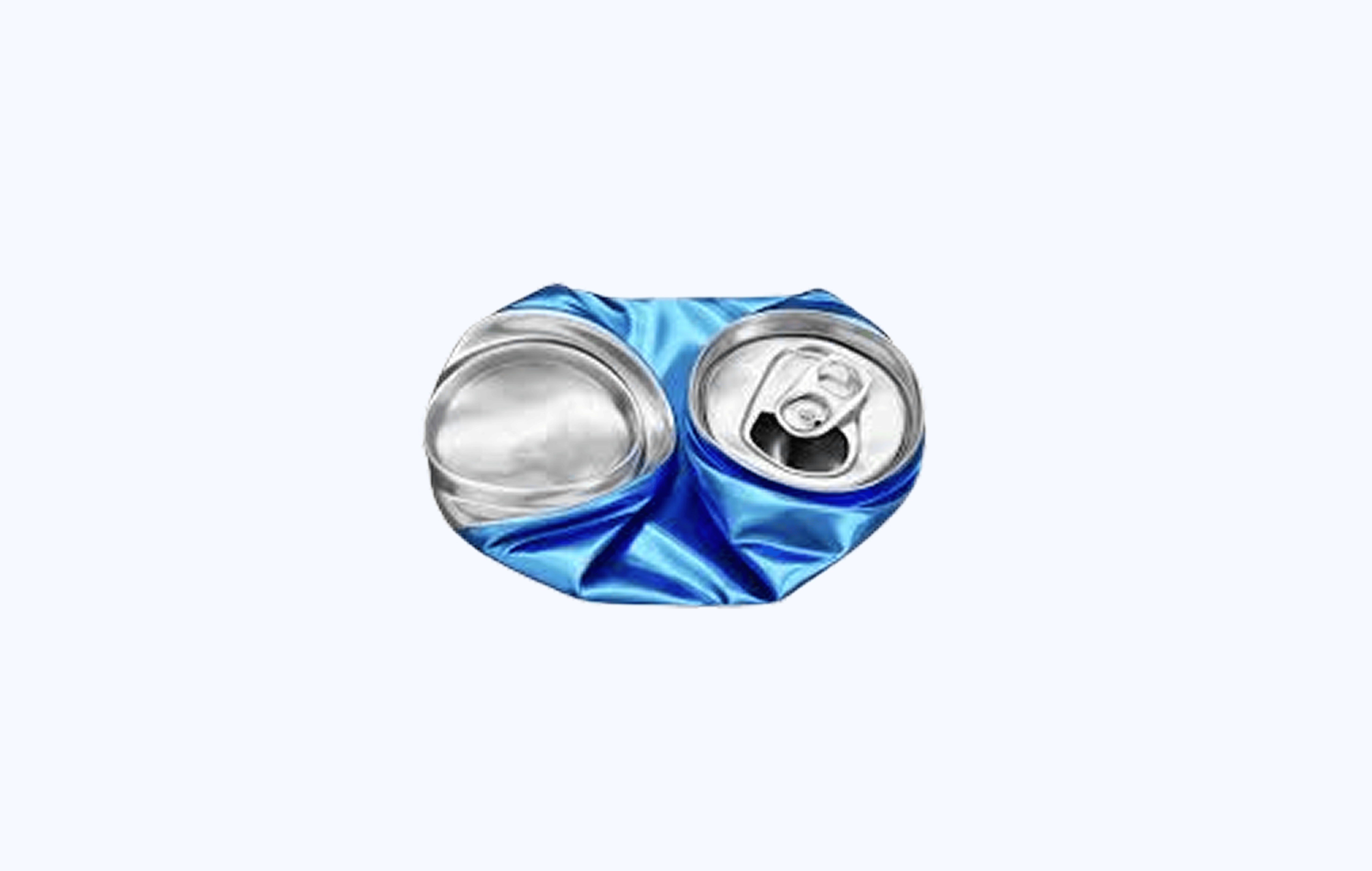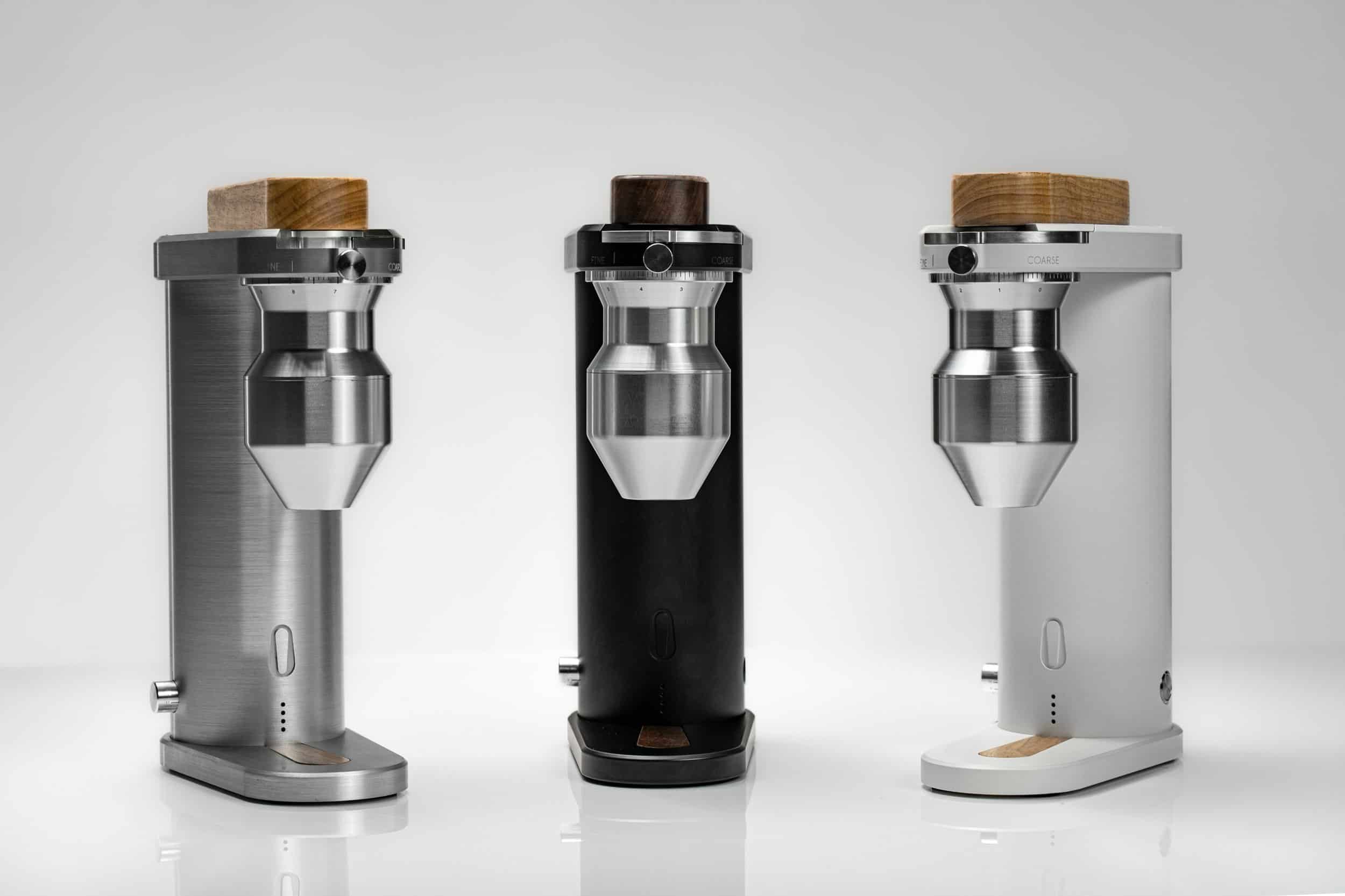Our team took on this challenge by developing Glass Grinder, a project designed to repurpose waste glass bottles into a cost-effective and sustainable abrasive material for sandblasting.
From Waste to Resource
Every day, approximately 14 million glass bottles end up in UK landfills, adding up to 5 billion per year. Traditional recycling methods for glass are energy-intensive and costly, often requiring high temperatures to melt and repurpose the material. Meanwhile, the sandblasting industry heavily relies on silica and coal slag, both of which pose health risks and are expensive to process at high quality.
With these issues in mind, we sought to create a fully mechanical end-to-end system that could grind glass bottles into fine, consistent abrasives for sandblasting—an industry that requires high-performance, cost-effective materials.
Rethinking Sandblasting Media with a Mechanical Approach
The Glass Grinder is designed as a standalone, end-to-end system that efficiently grinds used glass bottles into fine abrasives. Drawing inspiration from the familiar mechanics of a pepper grinder, our system features a two-stage grinding process that ensures both precision and adaptability.
In the first stage, a planetary gearbox mechanism crushes the bottles into smaller glass fragments. This coarse grinding prepares the material for the second stage, where sharp-edged grinders further refine the fragments into a dust-like abrasive. The result is a consistently shaped glass media that can be used in a variety of sandblasting applications, and the grinding process can be adjusted to achieve different levels of coarseness depending on user needs.
Why Choose Glass?
Our research highlighted a number of compelling reasons to use ground glass as a sandblasting material. First and foremost, it’s safer. While traditional abrasives like coal slag and silica sand are known to pose serious respiratory health risks—especially when used in poorly ventilated environments—glass is a chemically inert material that does not release harmful substances during use. This reduces risks for operators and aligns with growing regulations around workplace safety.
Beyond safety, glass also performs remarkably well. Its natural sharpness provides an efficient abrasive surface, requiring less material than conventional media to achieve the same results. We estimate that glass abrasives need only 70% of the volume compared to silica sand to deliver equivalent performance. The grinding system’s flexibility also enables users to tailor the output to specific industrial needs, from delicate finishes to more aggressive surface treatments.
Additionally, the Glass Grinder is designed to be accessible. Its compact, self-contained structure means it can be used both in small workshops and larger industrial facilities. The ability to insert a wide range of bottle shapes—including wine and water bottles—makes the system easy to feed and operate. For industries seeking to move away from hazardous and expensive abrasives, glass offers a viable, cost-effective, and scalable solution.
Market Opportunity and Economic Advantages
From a commercial perspective, the potential impact of the Glass Grinder is significant. The global recycled glass market is valued at around £4.5 billion, while the sandblasting market stands at £9 billion and continues to grow at an annual rate of approximately 1%, driven primarily by demand in the automotive and construction sectors.
When we compared the costs of various sandblasting materials, the advantage of using recycled glass became even clearer. Waste glass costs just 22p per kilogram—making it roughly ten times cheaper than traditional materials such as coal slag or silica sand. Combined with the improved efficiency and reduced material volume required, this makes the use of recycled glass highly attractive from both an environmental and economic standpoint.
Insights from Industry Feedback
During our presentation, Joao Clemencio, sales engineer at Xometry, inquired about the materials used in constructing the Glass Grinder. We explained that the system would be made primarily from stainless steel to ensure durability, as it is designed for industrial-scale applications in laboratories and factories.
Joao also questioned the operational mechanism, specifically how bottles would be fed into the system. We clarified that the top section of our design allows bottles of varying sizes, including wine and water bottles, to be inserted. The grinding mechanism automatically adjusts to accommodate different bottle sizes, ensuring efficient processing.
Additionally, we discussed the potential for modular grinding components, allowing for easy replacement and customization of abrasiveness levels. Joao noted that the system might require electronic components for automation, but we highlighted that a manual operation option could be feasible for small-scale labs looking for cost-effective solutions.
Market Potential and Future Prospects
We believe the Glass Grinder has the potential to change the way the sandblasting industry sources its abrasive materials. By offering a safe, customizable, and low-cost alternative derived from waste glass, we are addressing two environmental challenges at once: the inefficiency of traditional glass recycling, and the health and cost concerns of existing sandblasting media.
The design’s simplicity and versatility mean that it can be adapted to a wide range of settings—from independent laboratories to high-volume industrial applications. As demand for sustainable materials continues to grow, we see opportunities to scale the system and integrate it into circular supply chains.
For companies like Xometry, this type of solution could offer real value—both by reducing reliance on silica-based abrasives in their supplier network and by promoting more sustainable manufacturing practices across the board.
What’s your take on turning broken glass into something useful? Share your ideas for improving the design or making it even more efficient.
Discover the other UCL Hackathon projects:
Share Your Engineering or Product Design Story
Share Your Story!
Share your engineering and product design journey and get a €300 reward! Showcase your innovative solutions and best practices with our community.
 Europe
Europe  Türkiye
Türkiye  United Kingdom
United Kingdom  Global
Global 

 Login with my Xometry account
Login with my Xometry account  0
0












Comment(0)